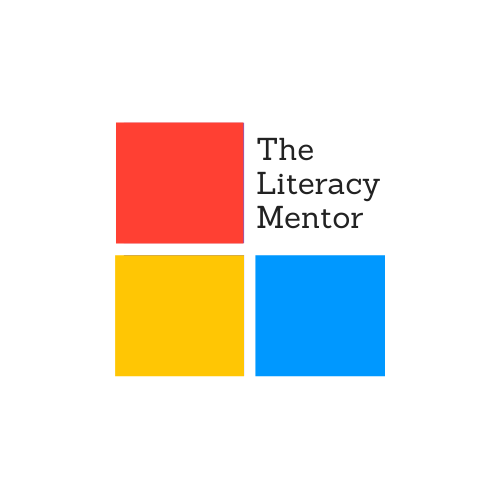I am a reader.
I will read at any time of the day or night. I have an endless pile of unread books on my nightstand, full of possibilities, that are just waiting for me to have the time to read them.
The reality is that many of our students are not readers.
Given the array of other options to fill their time (including iphones, instagram, youtube, tiktok, gaming, Netflix and the list goes on) the reality is that many of our students choose other activities over reading for pleasure, and this is having an impact on their academic achievement, reading comprehension, vocabulary development and ability to write for different purposes and audiences,
What is reading for pleasure?
The term ‘reading for pleasure’ is often used interchangeably with other terms such as independent reading, recreational reading, leisure reading.
A useful definition is offered by the National Library Trust (UK) … “reading for pleasure is reading we do of our own free will, anticipating the satisfaction we will get from the act of reading.” Importantly, they also add that it is “reading that may have begun at someone else’s request, which we continue because we are interested in”.
What are the benefits of reading for pleasure?

Impact on academic achievement
- Research has shown that children who read for pleasure are likely to do significantly better in school than their peers who rarely read. Sullivan and Brown (2013) demonstrate that pleasure reading is linked to increased cognitive progress over time.
- Growing Independence: Summary of Key Findings from the Competent Learners at 14 Project (NZ Council for Fducational Research) found that students who loved reading were more likely to :
- have higher scores on the cognitive and social/attitudinal competencies
- consistently higher scores in mathematics, reading, logical problem-solving and attitude
Higher reading levels
- Clark (2011) found that young people who reported enjoying reading ‘very much’ were six times more likely to read above the expected level for their age, when compared to those who did not enjoy reading.
- Krashen (1993) reviewed studies that compared students who were in sustained silent reading or similar free-choice reading programs with those who instead studied traditional basal texts and received direct instruction in writing, grammar, and spelling. In 38 of 41 comparisons, the students in the sustained silent or free-choice reading programs did as well or better on a variety of reading comprehension tests than did the students in traditional language arts programs. The studies also found correlations between longer periods of time in sustained reading or free-choice reading programs and better results on vocabulary and reading comprehension tests.
Impact on vocabulary and spelling
- Children between the ages of 10 and 16 who read for pleasure made more progress in vocabulary and spelling as well as math than those who rarely read. Sullivan and Brown (2013)
Role in social development
- The report “Exploring the link between reading fiction and empathy: Ruling out individual differences and examining outcomes” (Peterson et al., 2009) found that reading fiction increased performance on empathy tasks and had a positive correlation with social support.
In my next blog post, I will be exploring what the research tells us about how to promote reading for pleasure in the school setting.
Hope this summary of the research has helped you,
Felicity
aka The Literacy Mentor
